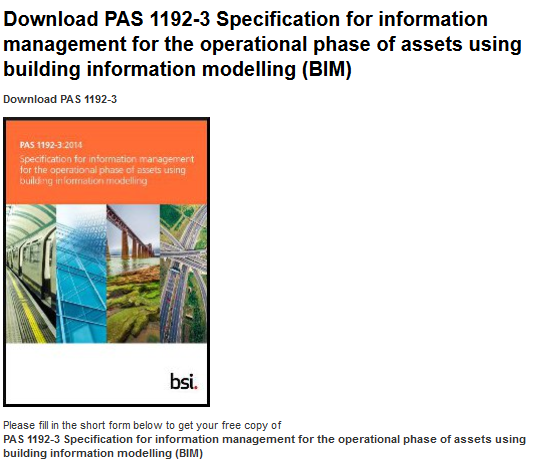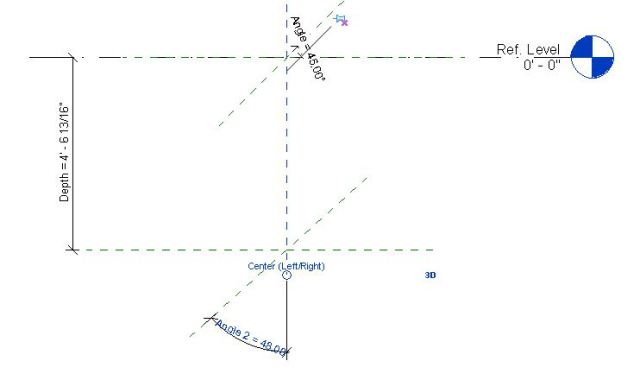For years, Architects and in some cases Engineers have seen their project involvement slowly diminish as new niche disciplines take over parts of the project delivery process. Once upon a time, an Architect would have controlled design, contracts, bidding and cost analysis, full contract administration, defects and more. Many of these components have been trimmed away by quantity surveyors, project managers, and to a large extent Head Contractors.
Could Trade Contractors (in Australia these are often call Subcontractors) be the next group who starts chipping away at this scope, as they take on more and more responsibility for developing detailed BIM models (yeah I said it) for future projects?
Along these lines, you may have seen this tweet, where I quoted Steve Jones from McGraw Hill, speaking at the SmartMarket breakfast in Adelaide this week:
This trend is evidently not limited to just one country, as this quote supports:
Contractors have now surpassed architects as the fastest growing adopters of BIM. Over the next two years, contractors expect the percentage of their work that involves BIM to increase by 50 percent on average…
Read more in the article at:
Building and Infrastructure Industry Customers Surge to Autodesk in Fourth Quarter – WSJ.com
Heads-up:
https://twitter.com/LEEDing_Lady/status/448069445441687552


